The incredible biodiversity of these reptiles
Chameleons, the peculiar scaled creepers, have contributed to the image of Madagascar almost as much as the droll lemurs. So far in Madagascar 57 species of this reptile can be counted. The diversity of these species on Madagascar is thus - who is surprised - incomparably higher than in the rest of the world taken together. They form thus a descriptive example for the favorable vegetative conditions of the island. In Malagasy they are called Tanala and are rather shunned by the population because they are animals that are thought to be magical powers in the local widespread superstition attributes.
The chameleon an amazing reptile
Magic powers are not attributed to the chameleon in our culture, but we look at it with at least the same amazement as the people of Madagascar. The chameleon is famous above all for its Visual apparatus with the eyes working independently of each other as well as the ability to Color change. This process, somatolysis, is peculiar only to the large chameleons and - contrary to what is often assumed - serves to not camouflagealthough the animals can adapt excellently to their environment. Instead, somatolysis in chameleons is a form of communication. Especially Mating readiness is signaled in this way. If two animals meet, the color change takes place, sometimes amazingly fast. Even if the somatolysis does not take over a camouflage function, the animals use the so-called Mimesisto remain inconspicuous in dense foliage, for example. Thereby the animals are able to change their body shape and size by using the available light, shadow and shape conditions to their surroundings.n. In concrete terms, this means that the animals, once discovered in the foliage, are suddenly much larger when approached than initially assumed.
Also, the otherwise rather cozy-looking chameleons are known as skillful and, above all, lightning-fast hunters: if a suitable prey animal, usually an insect or a small bird, comes within reach, the chameleon opens its mouth and shoots out its amazingly long tongue. It entwines its prey with the sensitive tip of the tongue, and it darts into the open mouth in a fraction of a second. of the chameleon. This process takes place at such a great speed that - despite all the technical progress in photography - it is still a stroke of luck to capture this amazing event in individual images.
Natural enemies of the chameleon are primarily birds of prey. Meanwhile, however, many are also run over on the roads or die because they are deprived of their habitat.
From very large to very small
It is not only the landscape of Madagascar that offers the most tremendous extremes. The fauna also reflects the everlasting contrasts of the island. Among the Malagasy chameleons, some specimens bring it to over one meter body length! If true giants are found among the chameleons, however, also tiny ones are to be found: the Brookesia belonging to the earth or stub-tail chameleons knows a subspecies, which full-grown only a little bigger than a match is! Also the so far smallest known species of chameleons is native to Madagascar: when fully grown, the chameleon micra is not even 3cm in size. These animals are so far considered the smallest reptiles in the world. However, since many animals have their habitat in particularly impassable areas and can also camouflage themselves extremely well, researchers are constantly discovering new species. Only recently, four previously unknown species, all close to the Brookesia chameleons and living in rather inaccessible rainforests in the north of Madagascar, were discovered. Even though these species look very similar to Brookesia, their much smaller body size is striking. Genetic analyses are currently being conducted to determine the degree of relationship between the Brooksia and the newly discovered species. Scientists do not rule out the possibility that the differences in body size are merely due to different living conditions within the territories are attributable.
Brookesia chameleons live in only a few and very small territories. Half of these species live in only one area each on Madagascar.
The smallest subspecies of this reptile lives on the tiny island of Nosy Hara. The extreme miniaturization occurs frequently in animals living on islands and could result from an adaptation to limited feeding conditions and other factors result, which additionally also accelerate the reproductive cycle. Like all chameleons, Brookesia have amazing abilities to adapt to their environment. They are diurnal and, unlike the larger species, tend to live on the ground or on branches fairly close to the ground. They are easily mistaken for dry tree bark or leaves and can hunt small insects in camouflage. Take, for example, the Brookesia supercialis, which lives on the ground of moist and dense rainforests. Because it is almost indistinguishable from its surroundings, it takes a practiced eye to track down this reptile. A little easier to find is the Brookesia stumpffi. This species often hangs out on branches. They live as solitary animals in restricted areas. These micro chameleons can be found by observant guides, for example, in the Masoala rainforest track
The largest chameleon of the family is the Brookesia perarmata. It is with 11cm body length including tail still quite small compared to its up to one meter tall relatives. Since these chameleons have their habitat only on small areas of the island, it is especially important to protect this habitat against Protect clearing and other destruction.
The special chameleons of Madagascar
Other species of chameleons are also found exclusively in Madagascar. Thus, the panther chameleon (Furcifer paradalis) is one of the largest chameleons on Madagascar, which is also found nowhere else in the world. The magnificent males can grow up to 55 cm long. Even the smaller and orange-brown females still measure a proud 35 cm. With a life expectancy of six years at the most, they spend only a short time in the eternal forests of the red island. The species lives exclusively on trees and is adapted to the spectacular colors of its surroundings adapted. Like all other animals of their kind, they feed on live insects, which they kill in a flash with the help of their long tongues.
The much smaller Furcifer minor is mainly found in the central highlands of Madagascar. They are most likely to be seen in the wild around Ambositra and Itremo. Their natural habitat includes the Tapia Forest, although due to its rapid destruction, they have become also acclimatized in other areas have. They are often found in the grass or on low bushes, where they almost constantly hunt and devour insects. They are medium sized (6 to 10 cm), usually green, brown, brick red or orange in color. They often bear markings of stripes and dots.
The Furcifer oustaletii can be recognized by its high Helmet without horns or occipital lobes, it is the largest species of this family.
The color palette includes mainly all shades of brown, gray and white. Some species in the southern part of Madagascar are also shaded green and red. As a rule the Females smaller, slimmer and more colorful than males. Also this species occurs only on Madagascar and often lives in good agreement with the Panther Chameleons (Furcifer pardalis). In contrast to these, the Oustaletii, prefer treetops as habitat. However, one can encounter them sporadically on the ground or in bushes. These chameleons live mainly in the Coastal plains with a hot and humid climate. Average temperatures of 22 ° C to 28 ° C throughout the year are ideal. In summer, temperatures can even rise up to 40 ° C. The relative humidity is between 70 and 100%. The annual climatic cycle consists of the long rainy season from November to March and a dry season that lasts for the rest of the year.
The Parsonii chameleon forms the largest chameleon speciesthat it is native to the earth. Just like the smallest species in the world, it is native only to Madagascar. They live mainly in the humid rainforests in the east and in the north of Madagascar, in Ranomafana and surroundings they are often observed. Commonly they are widespread on the island and can have a total length of almost 70 cm. The basic color of the species is green, green-yellow to turquoise. One can quickly distinguish this species from others based on their size alone. The males also carry two warty horns on the head.

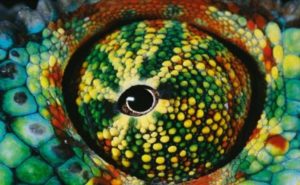
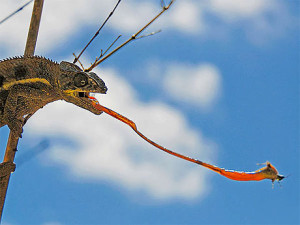
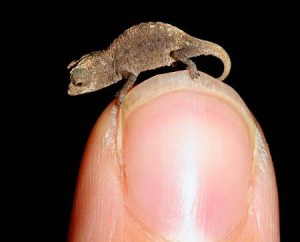
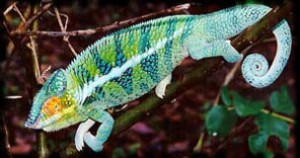
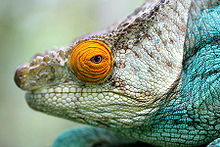
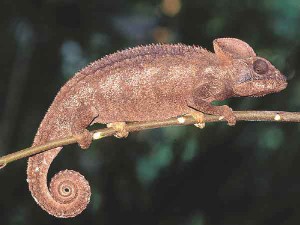


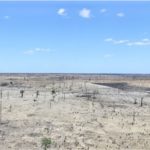


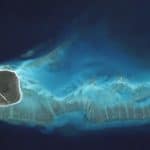
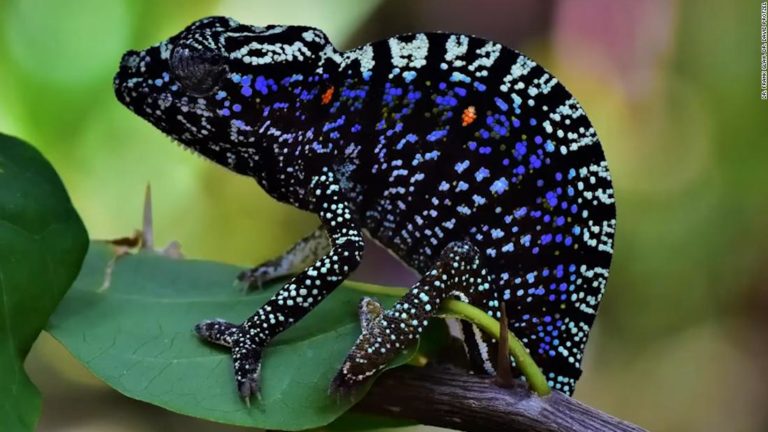
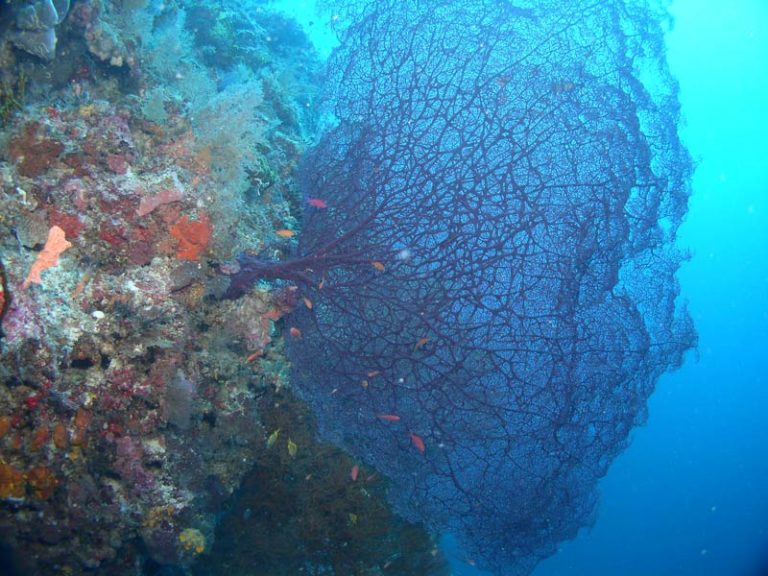
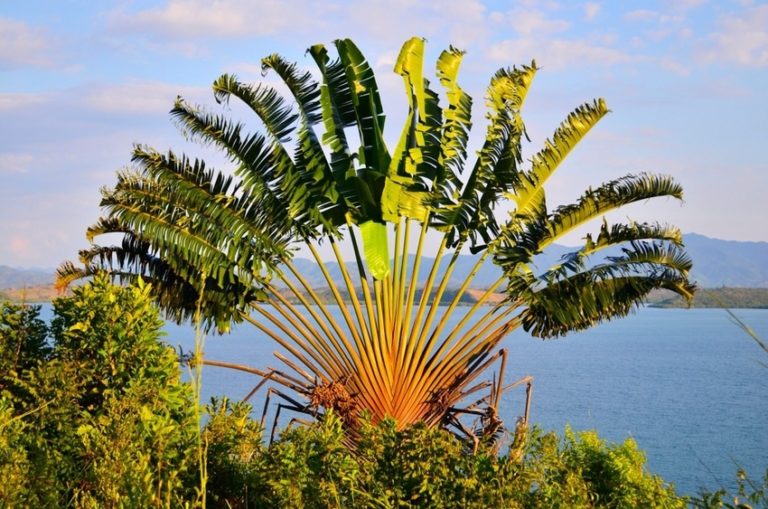
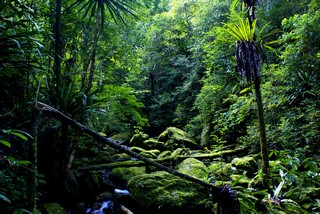
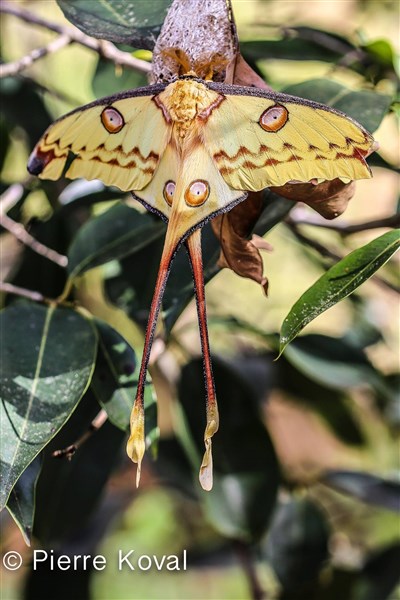
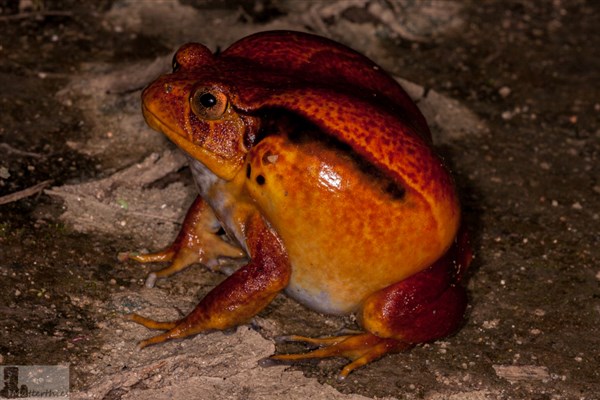




 Villa Sibylle Antananarivo (Madagascar)
Villa Sibylle Antananarivo (Madagascar)

